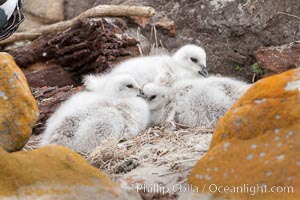
Kelp goose chicks, nestled on sand between rocks. The kelp goose is noted for eating only seaweed, primarily of the genus ulva. It inhabits rocky coastline habitats where it forages for kelp.
Species: Kelp goose, Chloephaga hybrida, Chloephaga hybrida malvinarum
Location: New Island, Falkland Islands, United Kingdom
Image ID: 23753
Species: Kelp goose, Chloephaga hybrida, Chloephaga hybrida malvinarum
Location: New Island, Falkland Islands, United Kingdom
Image ID: 23753
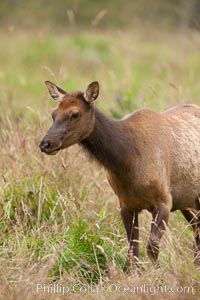
Roosevelt elk, juvenile. Roosevelt elk grow to 10' and 1300 lb, eating grasses, sedges and various berries, inhabiting the coastal rainforests of the Pacific Northwest.
Species: Roosevelt elk, Cervus canadensis roosevelti
Location: Redwood National Park, California
Image ID: 25887
Species: Roosevelt elk, Cervus canadensis roosevelti
Location: Redwood National Park, California
Image ID: 25887
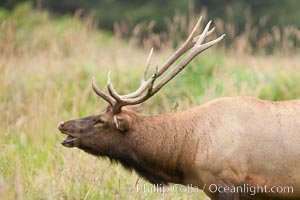
Roosevelt elk, adult bull male with large antlers. Roosevelt elk grow to 10' and 1300 lb, eating grasses, sedges and various berries, inhabiting the coastal rainforests of the Pacific Northwest.
Species: Roosevelt elk, Cervus canadensis roosevelti
Location: Redwood National Park, California
Image ID: 25888
Species: Roosevelt elk, Cervus canadensis roosevelti
Location: Redwood National Park, California
Image ID: 25888
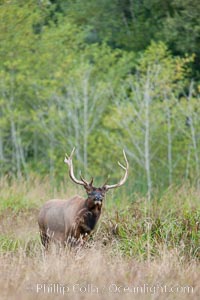
Roosevelt elk, adult bull male with large antlers. Roosevelt elk grow to 10' and 1300 lb, eating grasses, sedges and various berries, inhabiting the coastal rainforests of the Pacific Northwest.
Species: Roosevelt elk, Cervus canadensis roosevelti
Location: Redwood National Park, California
Image ID: 25889
Species: Roosevelt elk, Cervus canadensis roosevelti
Location: Redwood National Park, California
Image ID: 25889
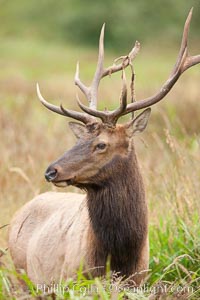
Roosevelt elk, adult bull male with large antlers. This bull elk has recently shed the velvet that covers its antlers. While an antler is growing, it is covered with highly vascular skin called velvet, which supplies oxygen and nutrients to the growing bone; once the antler has achieved its full size, the velvet is lost and the antler's bone dies. This dead bone structure is the mature antler, which is itself shed after each mating season. Roosevelt elk grow to 10' and 1300 lb, eating grasses, sedges and various berries, inhabiting the coastal rainforests of the Pacific Northwest.
Species: Roosevelt elk, Cervus canadensis roosevelti
Location: Redwood National Park, California
Image ID: 25892
Species: Roosevelt elk, Cervus canadensis roosevelti
Location: Redwood National Park, California
Image ID: 25892
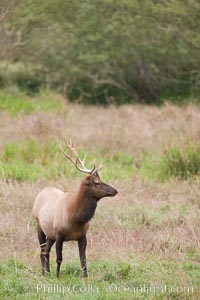
Roosevelt elk, adult bull male with large antlers. Roosevelt elk grow to 10' and 1300 lb, eating grasses, sedges and various berries, inhabiting the coastal rainforests of the Pacific Northwest.
Species: Roosevelt elk, Cervus canadensis roosevelti
Location: Redwood National Park, California
Image ID: 25893
Species: Roosevelt elk, Cervus canadensis roosevelti
Location: Redwood National Park, California
Image ID: 25893
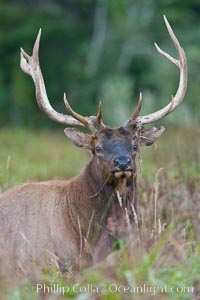
Roosevelt elk, adult bull male with large antlers. Roosevelt elk grow to 10' and 1300 lb, eating grasses, sedges and various berries, inhabiting the coastal rainforests of the Pacific Northwest.
Species: Roosevelt elk, Cervus canadensis roosevelti
Location: Redwood National Park, California
Image ID: 25894
Species: Roosevelt elk, Cervus canadensis roosevelti
Location: Redwood National Park, California
Image ID: 25894
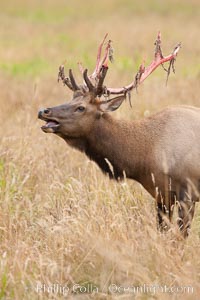
Roosevelt elk, adult bull male with large antlers. This bull elk has recently shed the velvet that covers its antlers. While an antler is growing, it is covered with highly vascular skin called velvet, which supplies oxygen and nutrients to the growing bone; once the antler has achieved its full size, the velvet is lost and the antler's bone dies. This dead bone structure is the mature antler, which is itself shed after each mating season. Roosevelt elk grow to 10' and 1300 lb, eating grasses, sedges and various berries, inhabiting the coastal rainforests of the Pacific Northwest.
Species: Roosevelt elk, Cervus canadensis roosevelti
Location: Redwood National Park, California
Image ID: 25895
Species: Roosevelt elk, Cervus canadensis roosevelti
Location: Redwood National Park, California
Image ID: 25895
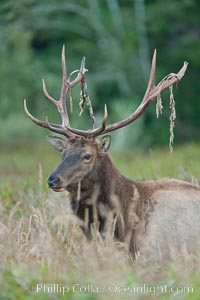
Roosevelt elk, adult bull male with large antlers. This bull elk has recently shed the velvet that covers its antlers. While an antler is growing, it is covered with highly vascular skin called velvet, which supplies oxygen and nutrients to the growing bone; once the antler has achieved its full size, the velvet is lost and the antler's bone dies. This dead bone structure is the mature antler, which is itself shed after each mating season. Roosevelt elk grow to 10' and 1300 lb, eating grasses, sedges and various berries, inhabiting the coastal rainforests of the Pacific Northwest.
Species: Roosevelt elk, Cervus canadensis roosevelti
Location: Redwood National Park, California
Image ID: 25900
Species: Roosevelt elk, Cervus canadensis roosevelti
Location: Redwood National Park, California
Image ID: 25900
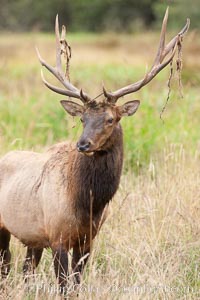
Roosevelt elk, adult bull male with large antlers. This bull elk has recently shed the velvet that covers its antlers. While an antler is growing, it is covered with highly vascular skin called velvet, which supplies oxygen and nutrients to the growing bone; once the antler has achieved its full size, the velvet is lost and the antler's bone dies. This dead bone structure is the mature antler, which is itself shed after each mating season. Roosevelt elk grow to 10' and 1300 lb, eating grasses, sedges and various berries, inhabiting the coastal rainforests of the Pacific Northwest.
Species: Roosevelt elk, Cervus canadensis roosevelti
Location: Redwood National Park, California
Image ID: 25906
Species: Roosevelt elk, Cervus canadensis roosevelti
Location: Redwood National Park, California
Image ID: 25906
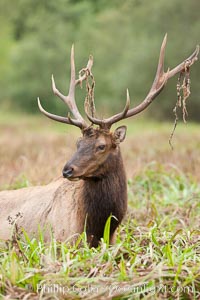
Roosevelt elk, adult bull male with large antlers. This bull elk has recently shed the velvet that covers its antlers. While an antler is growing, it is covered with highly vascular skin called velvet, which supplies oxygen and nutrients to the growing bone; once the antler has achieved its full size, the velvet is lost and the antler's bone dies. This dead bone structure is the mature antler, which is itself shed after each mating season. Roosevelt elk grow to 10' and 1300 lb, eating grasses, sedges and various berries, inhabiting the coastal rainforests of the Pacific Northwest.
Species: Roosevelt elk, Cervus canadensis roosevelti
Location: Redwood National Park, California
Image ID: 25910
Species: Roosevelt elk, Cervus canadensis roosevelti
Location: Redwood National Park, California
Image ID: 25910
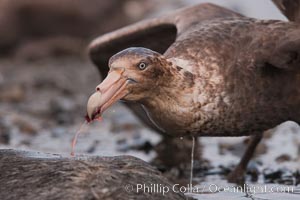
Northern giant petrel scavenging a fur seal carcass. Giant petrels will often feed on carrion, defending it in a territorial manner from other petrels and carrion feeders.
Species: Northern giant petrel, Macronectes halli
Location: Right Whale Bay, South Georgia Island
Image ID: 23683
Species: Northern giant petrel, Macronectes halli
Location: Right Whale Bay, South Georgia Island
Image ID: 23683
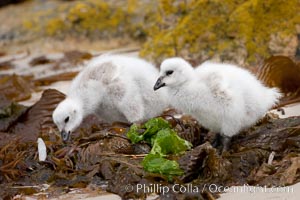
Kelp goose chicks eating kelp (seaweed). The kelp goose is noted for eating only seaweed, primarily of the genus ulva. It inhabits rocky coastline habitats where it forages for kelp.
Species: Kelp goose, Chloephaga hybrida, Chloephaga hybrida malvinarum
Location: New Island, Falkland Islands, United Kingdom
Image ID: 23754
Species: Kelp goose, Chloephaga hybrida, Chloephaga hybrida malvinarum
Location: New Island, Falkland Islands, United Kingdom
Image ID: 23754
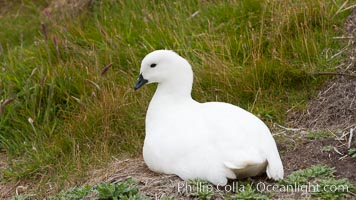
Kelp goose, male showing entirely white plumage. The kelp goose is noted for eating only seaweed, primarily of the genus ulva. It inhabits rocky coastline habitats where it forages for kelp.
Species: Kelp goose, Chloephaga hybrida, Chloephaga hybrida malvinarum
Location: New Island, Falkland Islands, United Kingdom
Image ID: 23755
Species: Kelp goose, Chloephaga hybrida, Chloephaga hybrida malvinarum
Location: New Island, Falkland Islands, United Kingdom
Image ID: 23755
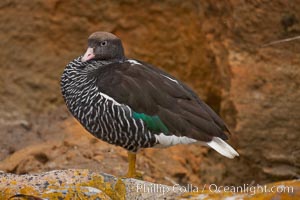
Kelp goose, female with multicolored plumage very different from the pure white of male kelp geese. The kelp goose is noted for eating only seaweed, primarily of the genus ulva. It inhabits rocky coastline habitats where it forages for kelp.
Species: Chloephaga hybrida, Chloephaga hybrida malvinarum
Location: New Island, Falkland Islands, United Kingdom
Image ID: 23758
Species: Chloephaga hybrida, Chloephaga hybrida malvinarum
Location: New Island, Falkland Islands, United Kingdom
Image ID: 23758
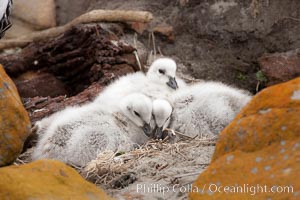
Kelp goose chicks, nestled on sand between rocks. The kelp goose is noted for eating only seaweed, primarily of the genus ulva. It inhabits rocky coastline habitats where it forages for kelp.
Species: Kelp goose, Chloephaga hybrida, Chloephaga hybrida malvinarum
Location: New Island, Falkland Islands, United Kingdom
Image ID: 23759
Species: Kelp goose, Chloephaga hybrida, Chloephaga hybrida malvinarum
Location: New Island, Falkland Islands, United Kingdom
Image ID: 23759
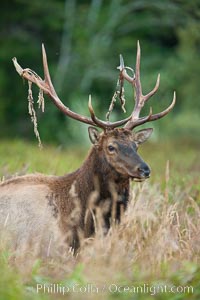
Roosevelt elk, adult bull male with large antlers. This bull elk has recently shed the velvet that covers its antlers. While an antler is growing, it is covered with highly vascular skin called velvet, which supplies oxygen and nutrients to the growing bone; once the antler has achieved its full size, the velvet is lost and the antler's bone dies. This dead bone structure is the mature antler, which is itself shed after each mating season. Roosevelt elk grow to 10' and 1300 lb, eating grasses, sedges and various berries, inhabiting the coastal rainforests of the Pacific Northwest.
Species: Roosevelt elk, Cervus canadensis roosevelti
Location: Redwood National Park, California
Image ID: 26389
Species: Roosevelt elk, Cervus canadensis roosevelti
Location: Redwood National Park, California
Image ID: 26389
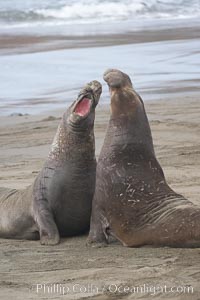
Male elephant seals (bulls) rear up on their foreflippers and fight for territory and harems of females. Bull elephant seals will haul out and fight from December through March, nearly fasting the entire time as they maintain their territory and harem. They bite and tear at each other on the neck and shoulders, drawing blood and creating scars on the tough hides.
Species: Elephant seal, Mirounga angustirostris
Location: Piedras Blancas, San Simeon, California
Image ID: 20372
Species: Elephant seal, Mirounga angustirostris
Location: Piedras Blancas, San Simeon, California
Image ID: 20372
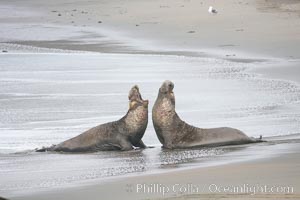
Male elephant seals (bulls) rear up on their foreflippers and fight for territory and harems of females. Bull elephant seals will haul out and fight from December through March, nearly fasting the entire time as they maintain their territory and harem. They bite and tear at each other on the neck and shoulders, drawing blood and creating scars on the tough hides.
Species: Elephant seal, Mirounga angustirostris
Location: Piedras Blancas, San Simeon, California
Image ID: 20382
Species: Elephant seal, Mirounga angustirostris
Location: Piedras Blancas, San Simeon, California
Image ID: 20382
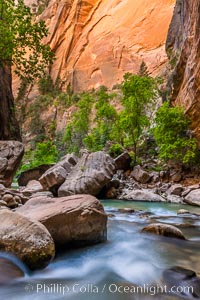
The Virgin River Narrows, where the Virgin River has carved deep, narrow canyons through the Zion National Park sandstone, creating one of the finest hikes in the world.
Location: Virgin River Narrows, Zion National Park, Utah
Image ID: 28576
Location: Virgin River Narrows, Zion National Park, Utah
Image ID: 28576
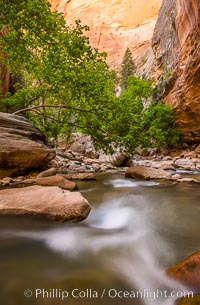
The Virgin River Narrows, where the Virgin River has carved deep, narrow canyons through the Zion National Park sandstone, creating one of the finest hikes in the world.
Location: Virgin River Narrows, Zion National Park, Utah
Image ID: 28577
Location: Virgin River Narrows, Zion National Park, Utah
Image ID: 28577
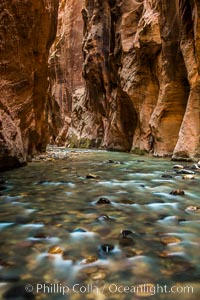
The Virgin River Narrows, where the Virgin River has carved deep, narrow canyons through the Zion National Park sandstone, creating one of the finest hikes in the world.
Location: Virgin River Narrows, Zion National Park, Utah
Image ID: 28580
Location: Virgin River Narrows, Zion National Park, Utah
Image ID: 28580
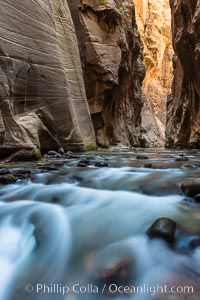
The Virgin River Narrows, where the Virgin River has carved deep, narrow canyons through the Zion National Park sandstone, creating one of the finest hikes in the world.
Location: Virgin River Narrows, Zion National Park, Utah
Image ID: 28581
Location: Virgin River Narrows, Zion National Park, Utah
Image ID: 28581
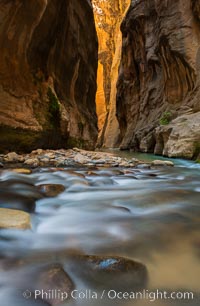
The Virgin River Narrows, where the Virgin River has carved deep, narrow canyons through the Zion National Park sandstone, creating one of the finest hikes in the world.
Location: Virgin River Narrows, Zion National Park, Utah
Image ID: 28582
Location: Virgin River Narrows, Zion National Park, Utah
Image ID: 28582
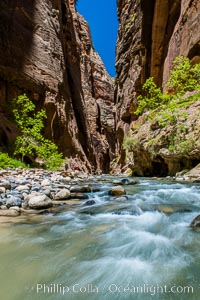
The Virgin River Narrows, where the Virgin River has carved deep, narrow canyons through the Zion National Park sandstone, creating one of the finest hikes in the world.
Location: Virgin River Narrows, Zion National Park, Utah
Image ID: 28584
Location: Virgin River Narrows, Zion National Park, Utah
Image ID: 28584
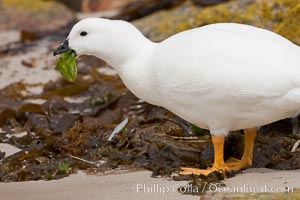
Kelp goose eating kelp, male showing entirely white plumage. The kelp goose is noted for eating only seaweed, primarily of the genus ulva. It inhabits rocky coastline habitats where it forages for kelp.
Species: Kelp goose, Chloephaga hybrida, Chloephaga hybrida malvinarum
Location: New Island, Falkland Islands, United Kingdom
Image ID: 23756
Species: Kelp goose, Chloephaga hybrida, Chloephaga hybrida malvinarum
Location: New Island, Falkland Islands, United Kingdom
Image ID: 23756
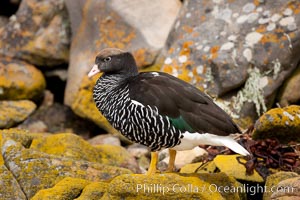
Kelp goose, female with multicolored plumage very different from the pure white of male kelp geese. The kelp goose is noted for eating only seaweed, primarily of the genus ulva. It inhabits rocky coastline habitats where it forages for kelp.
Species: Chloephaga hybrida, Chloephaga hybrida malvinarum
Location: New Island, Falkland Islands, United Kingdom
Image ID: 23760
Species: Chloephaga hybrida, Chloephaga hybrida malvinarum
Location: New Island, Falkland Islands, United Kingdom
Image ID: 23760
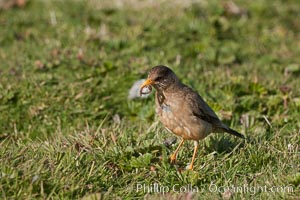
LBB (little brown bird), unidentified, eating some kind of worm.
Location: Carcass Island, Falkland Islands, United Kingdom
Image ID: 24029
Location: Carcass Island, Falkland Islands, United Kingdom
Image ID: 24029
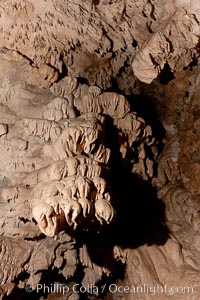
Limestone and marble underground formations in Oregon Caves National Monument. Eons of acidified groundwater have slowly etched away at marble, creating the extensive and intricate cave formations in Oregon Caves National Monument.
Location: Oregon Caves National Monument
Image ID: 25861
Location: Oregon Caves National Monument
Image ID: 25861
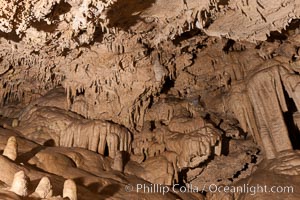
Limestone and marble underground formations in Oregon Caves National Monument. Eons of acidified groundwater have slowly etched away at marble, creating the extensive and intricate cave formations in Oregon Caves National Monument.
Location: Oregon Caves National Monument
Image ID: 25862
Location: Oregon Caves National Monument
Image ID: 25862